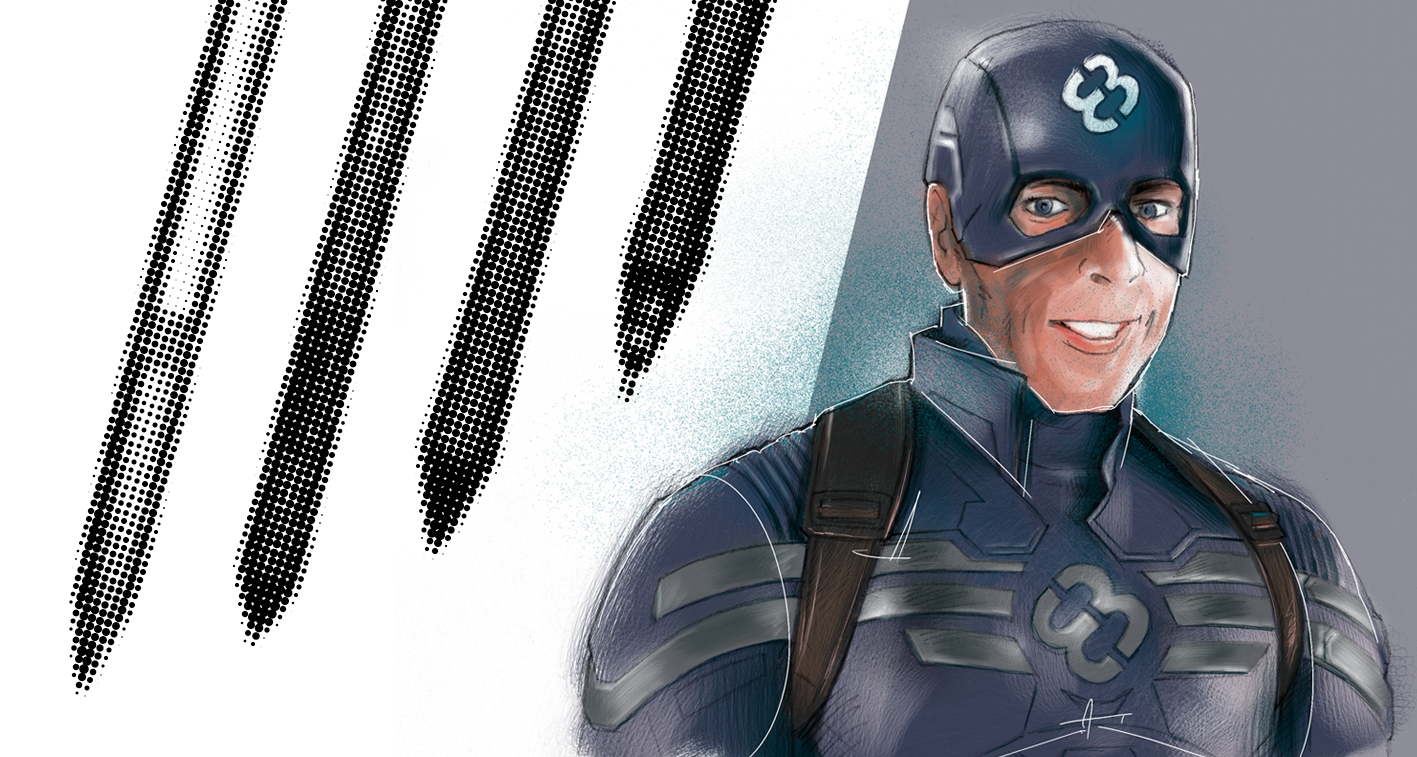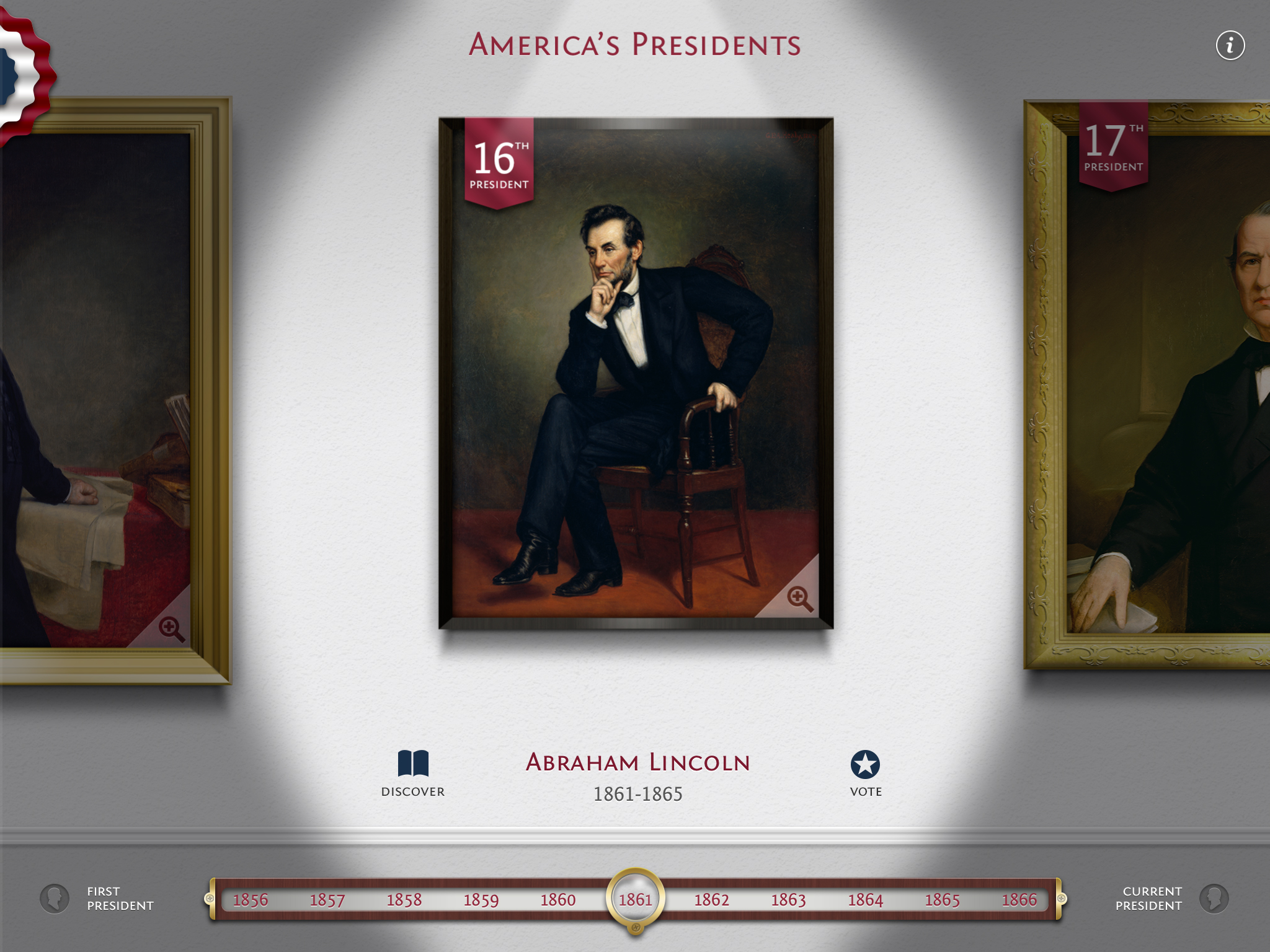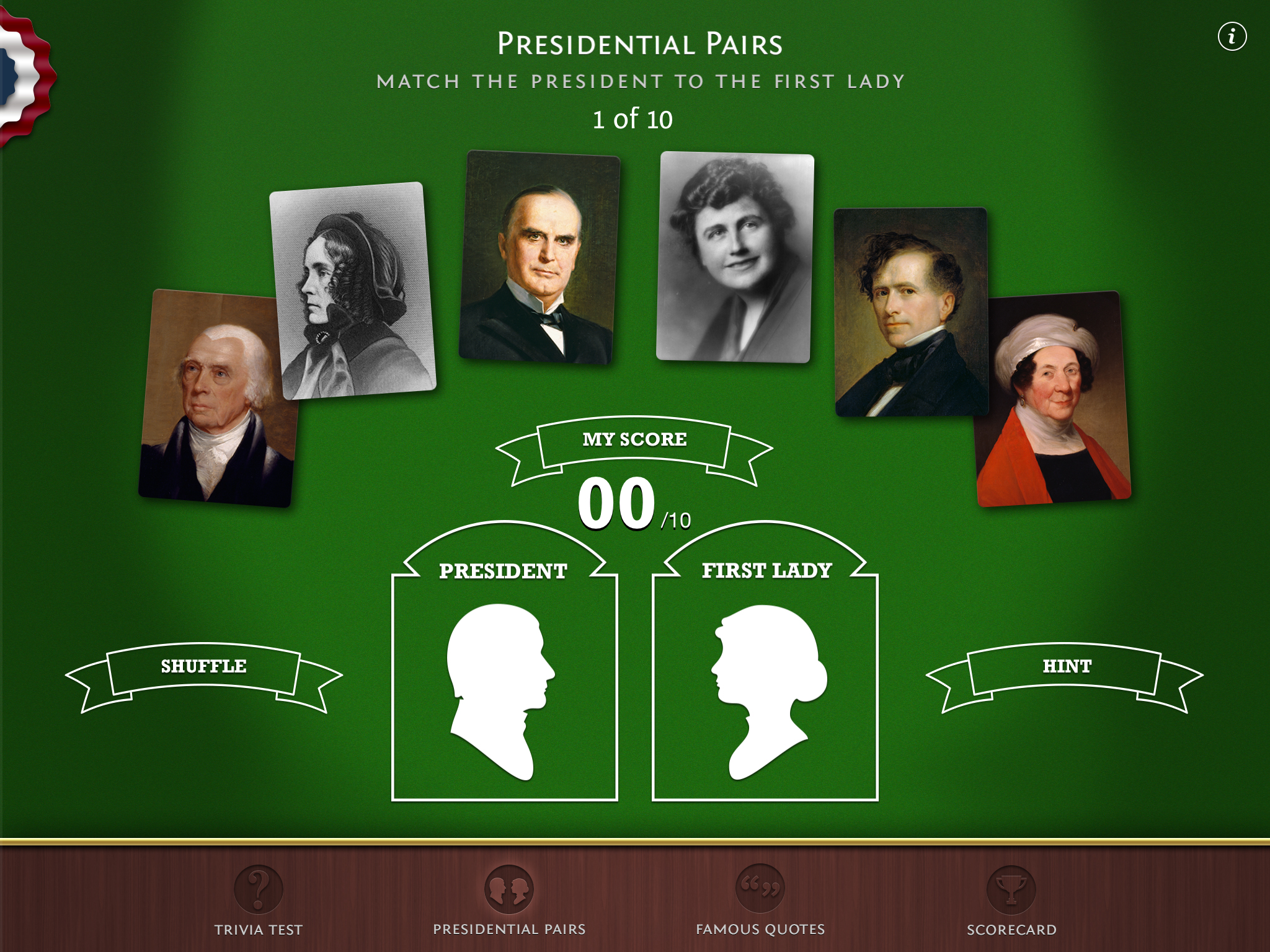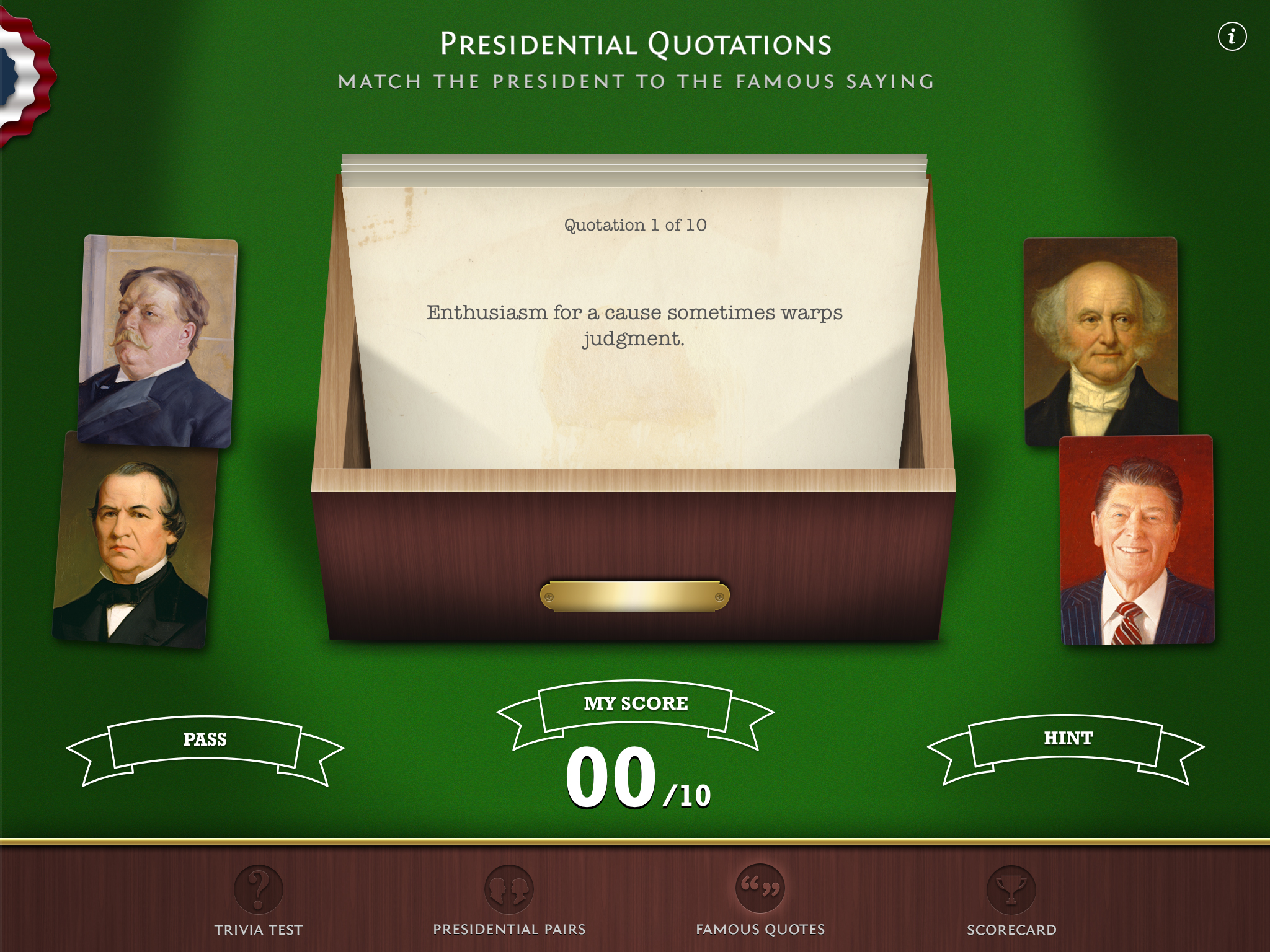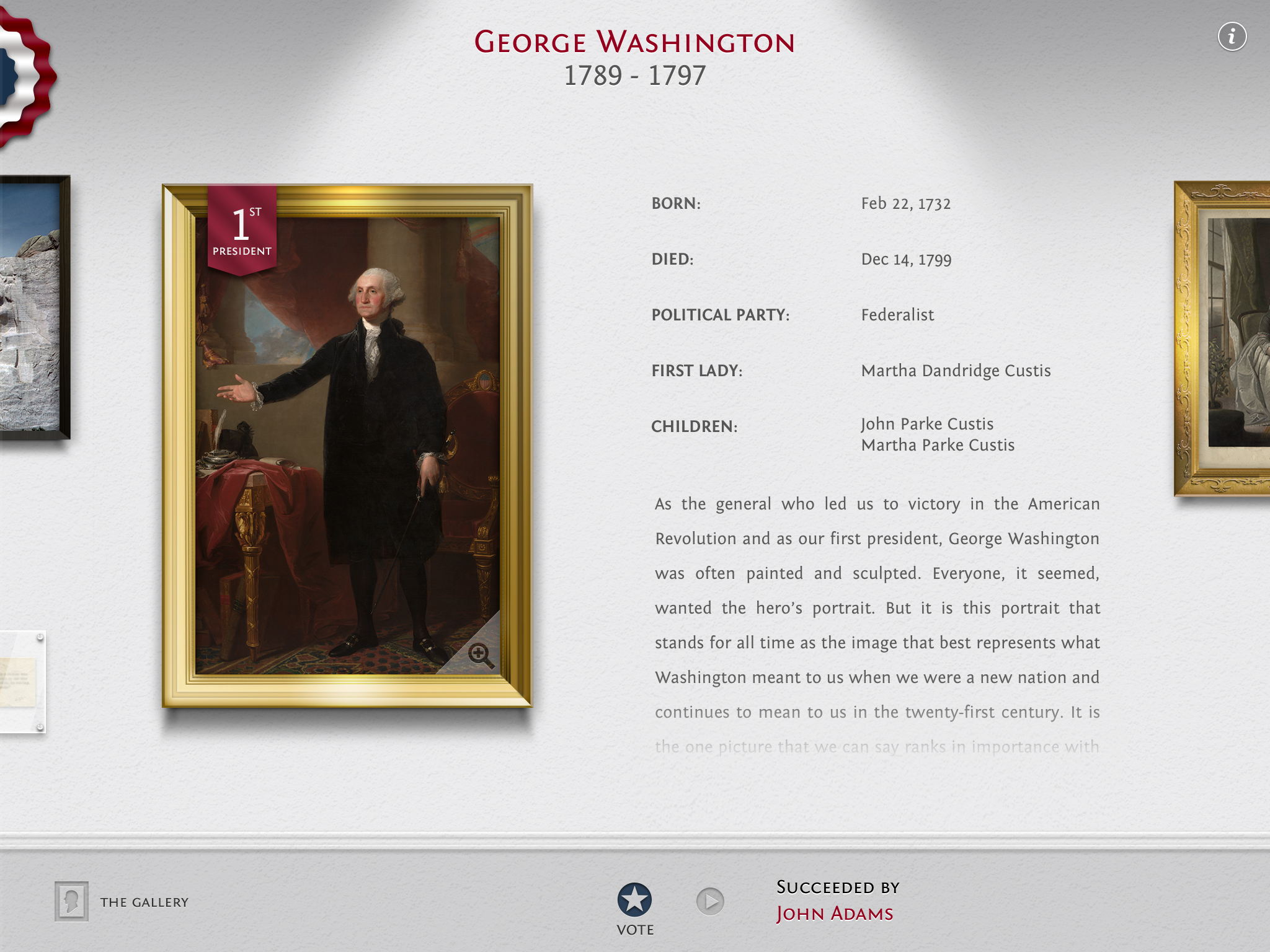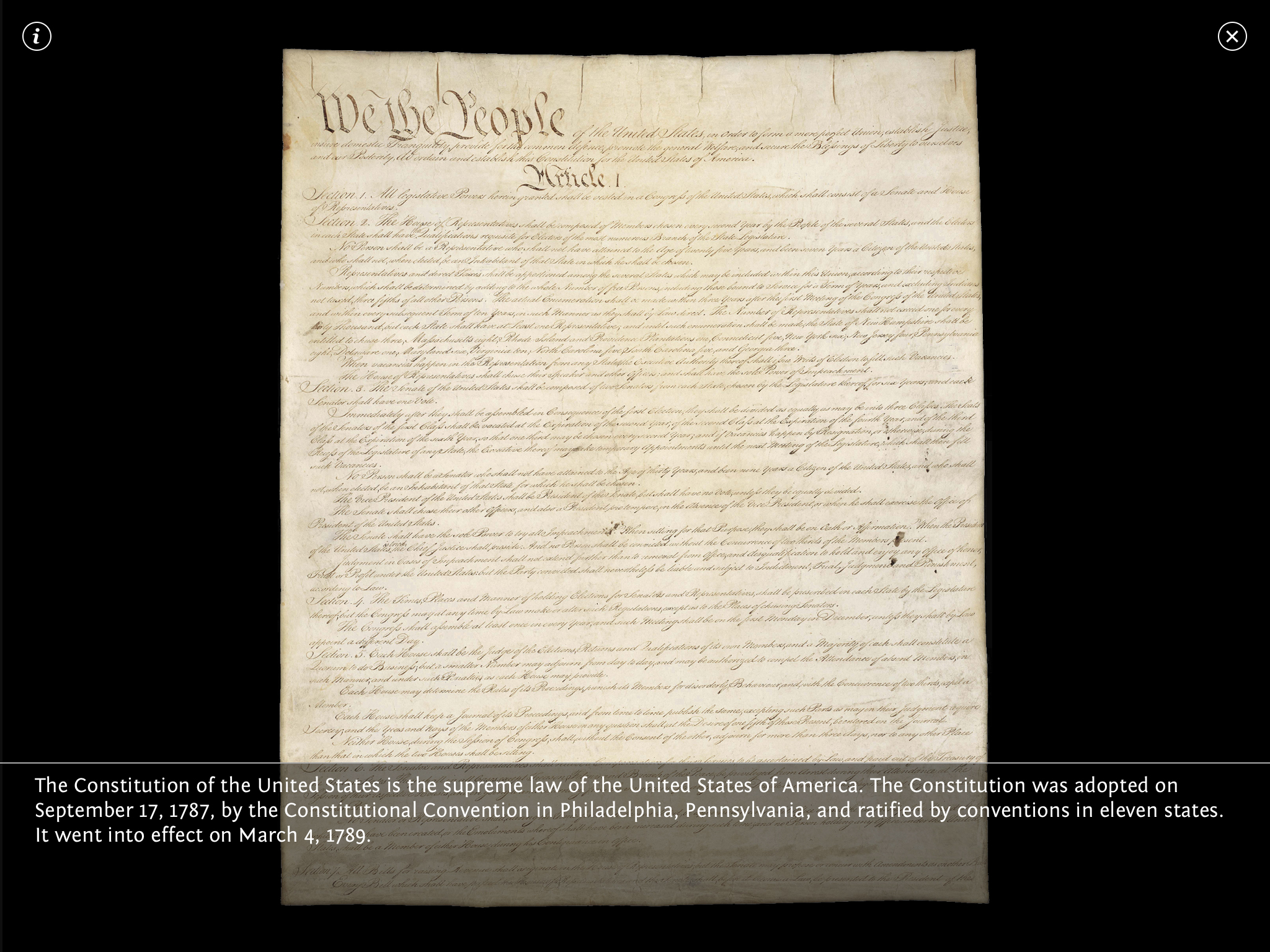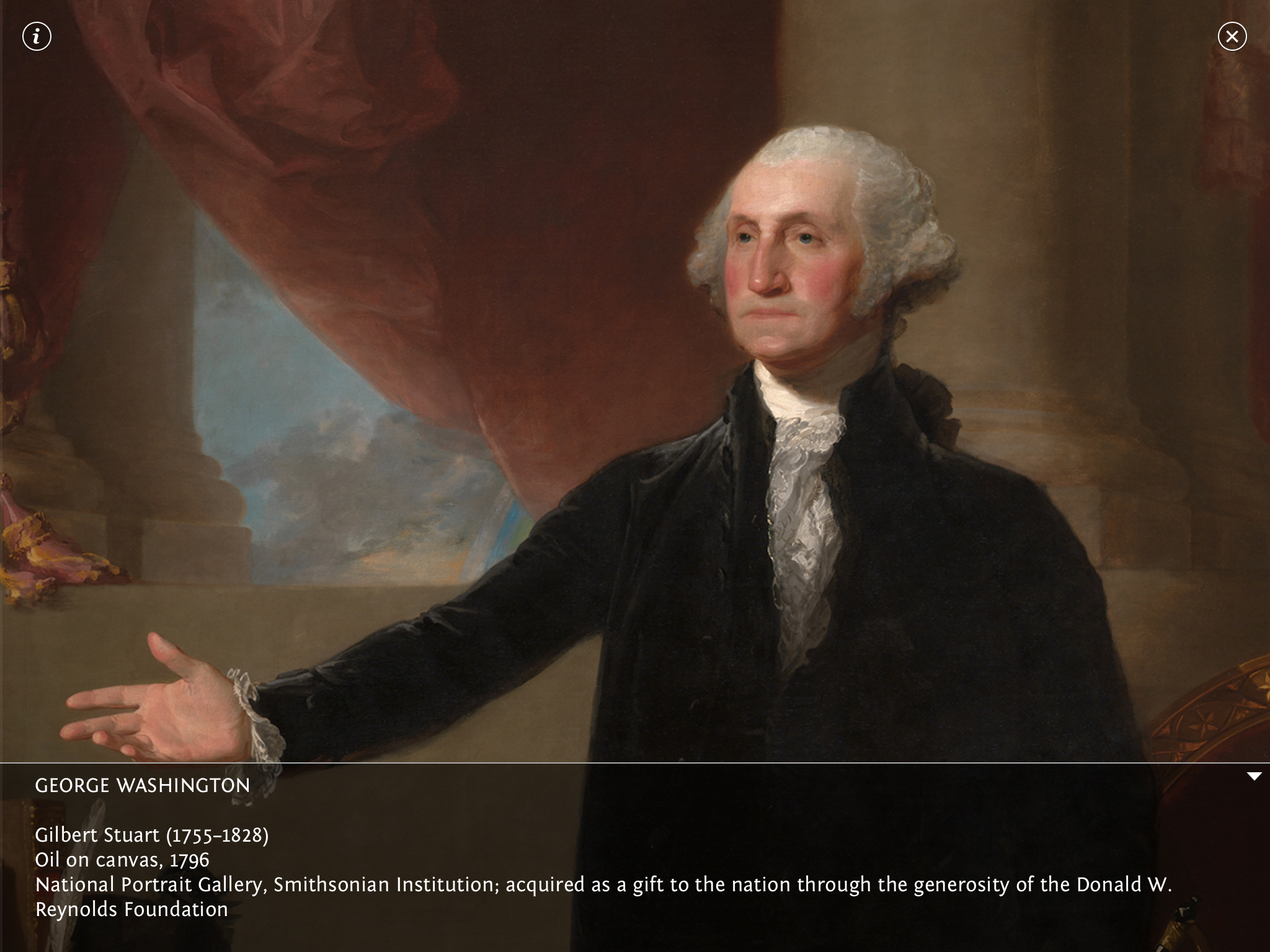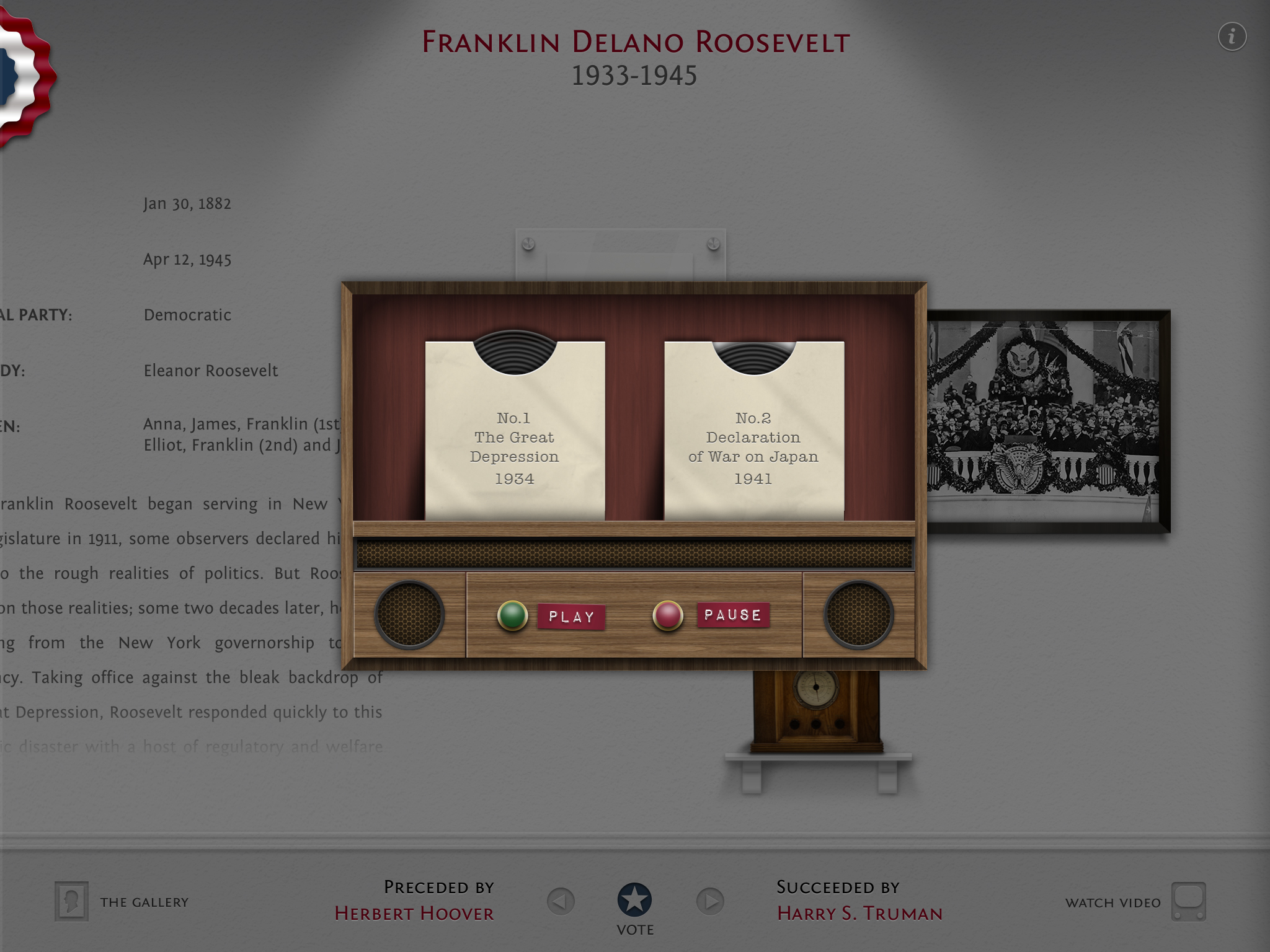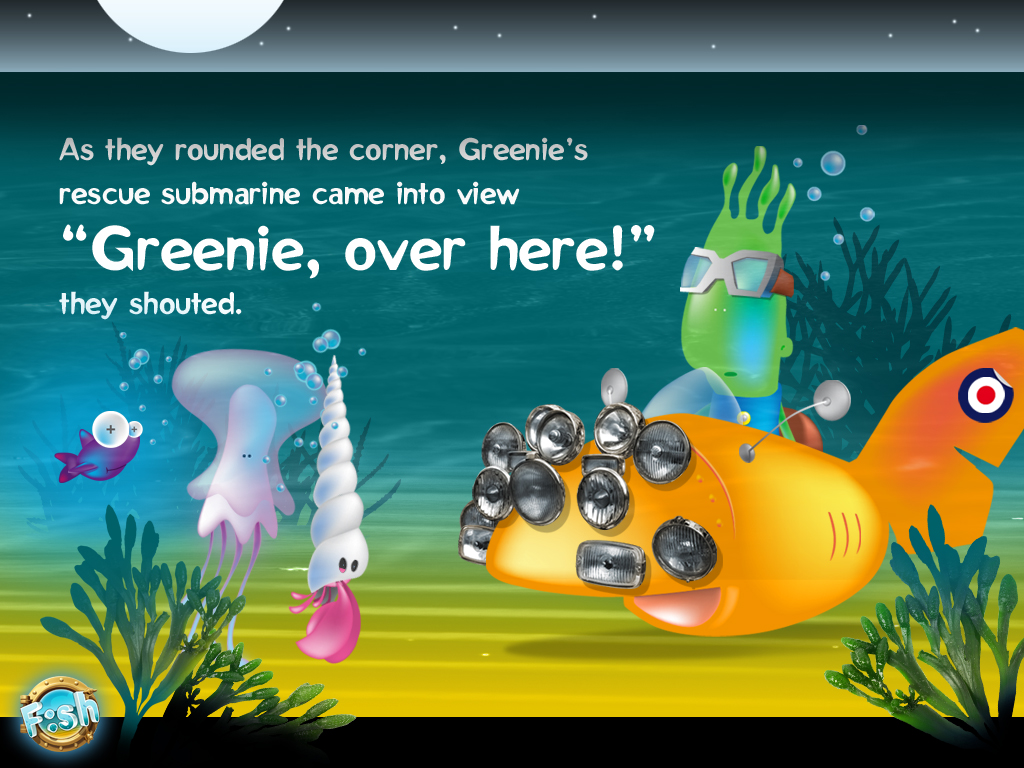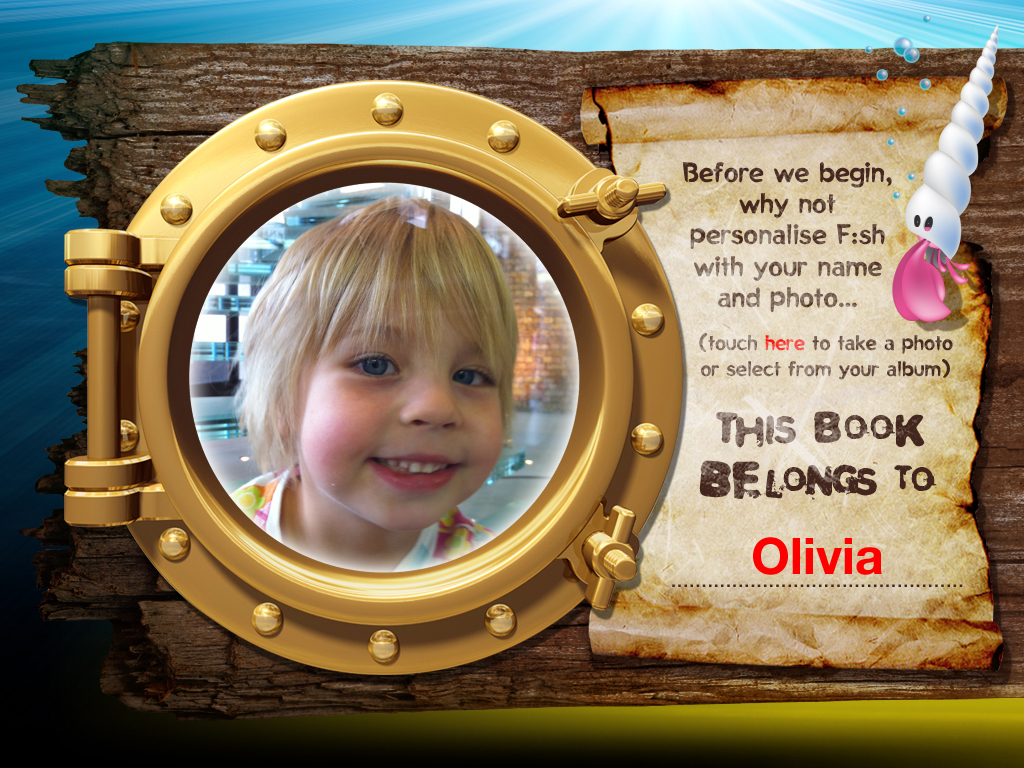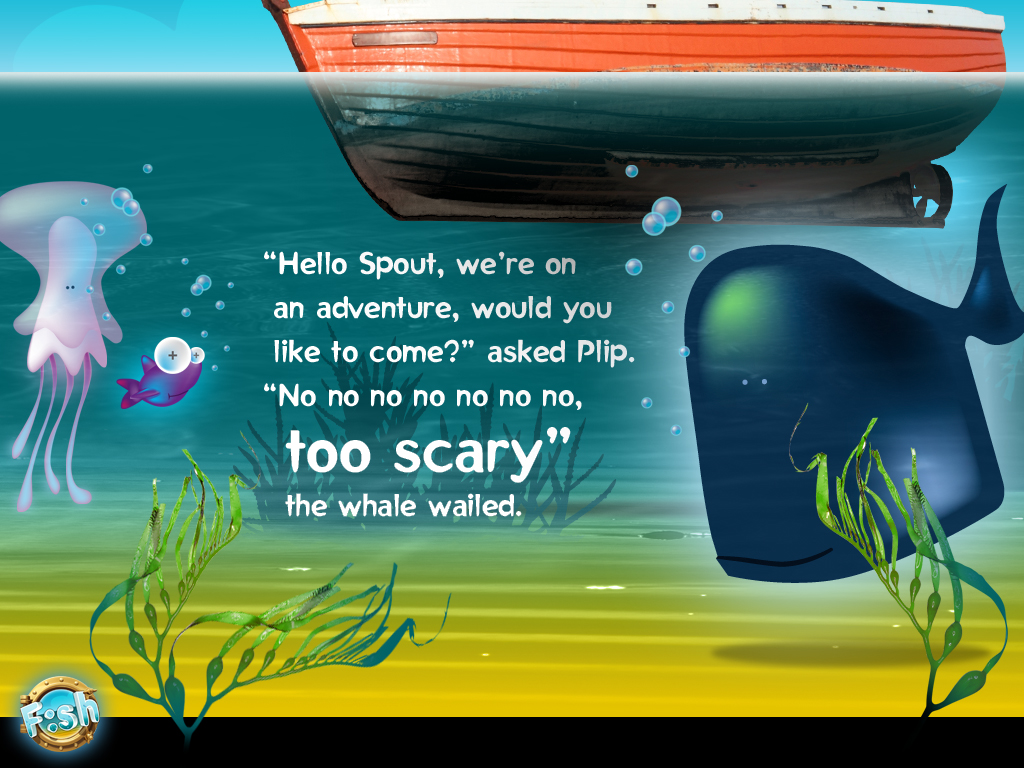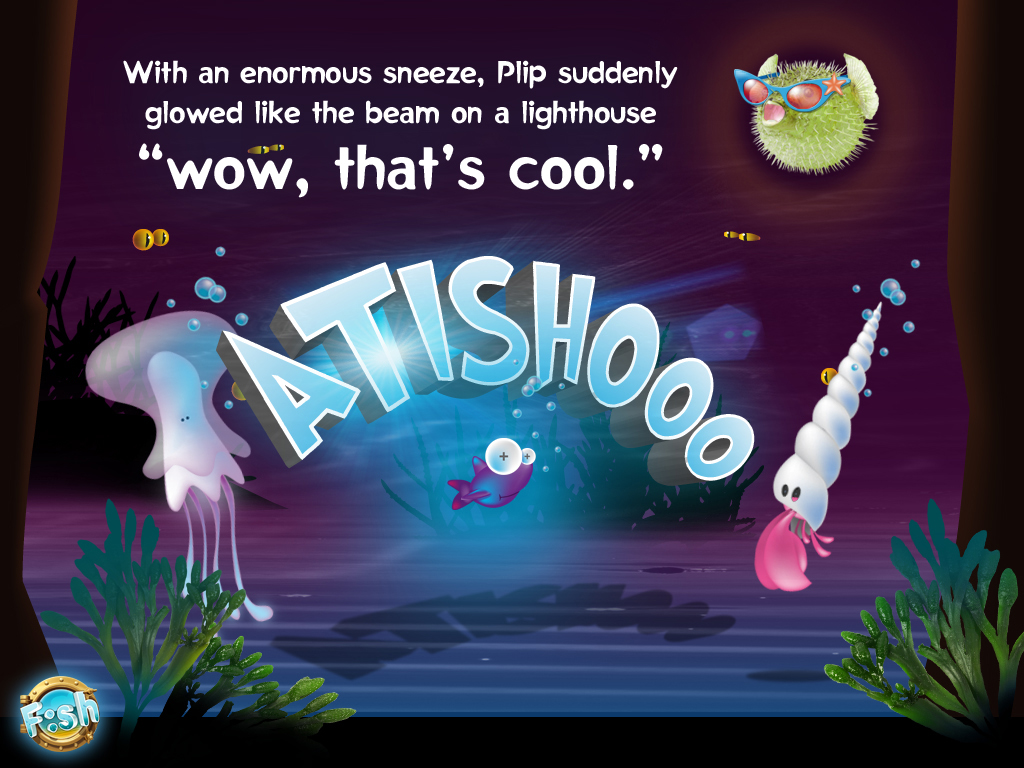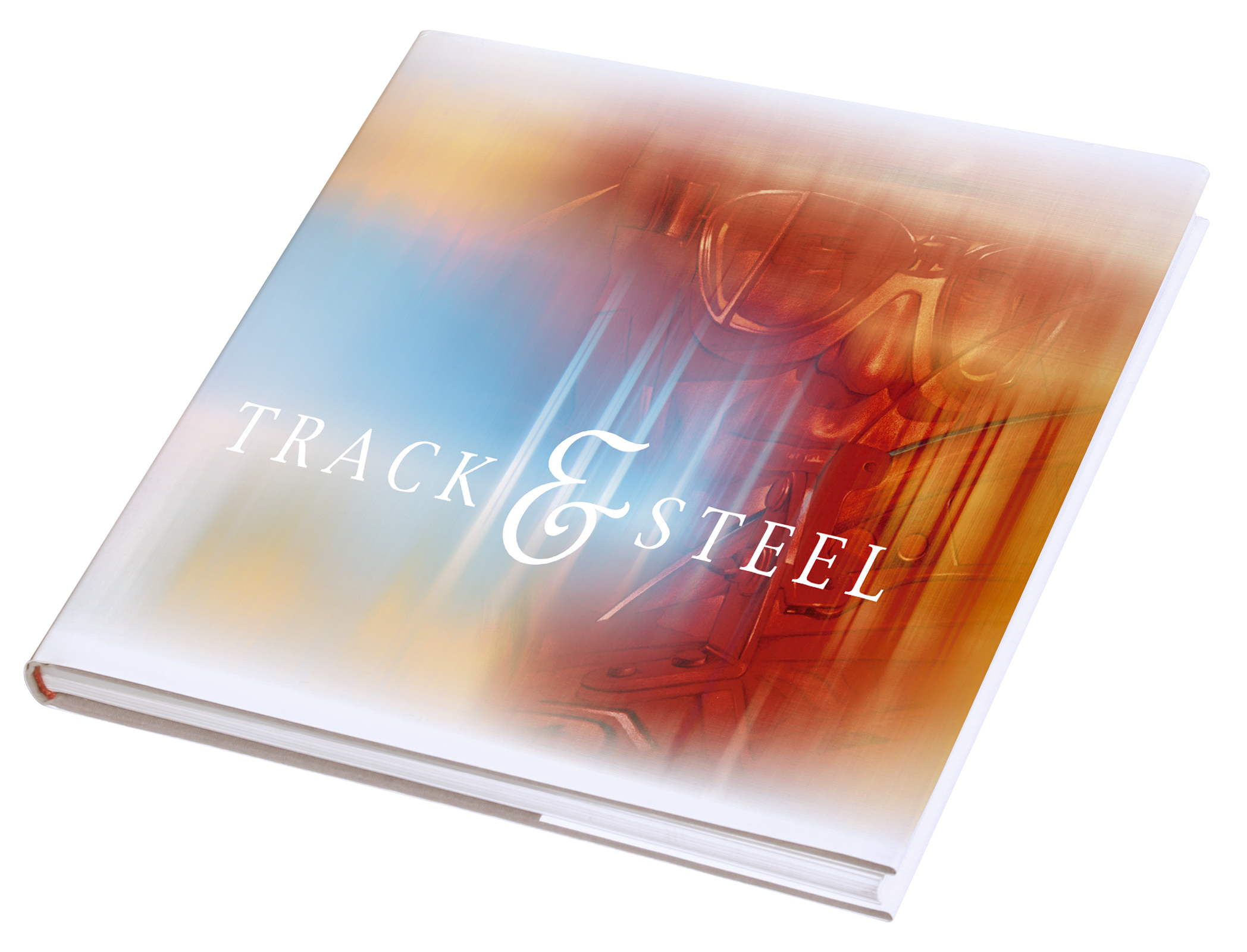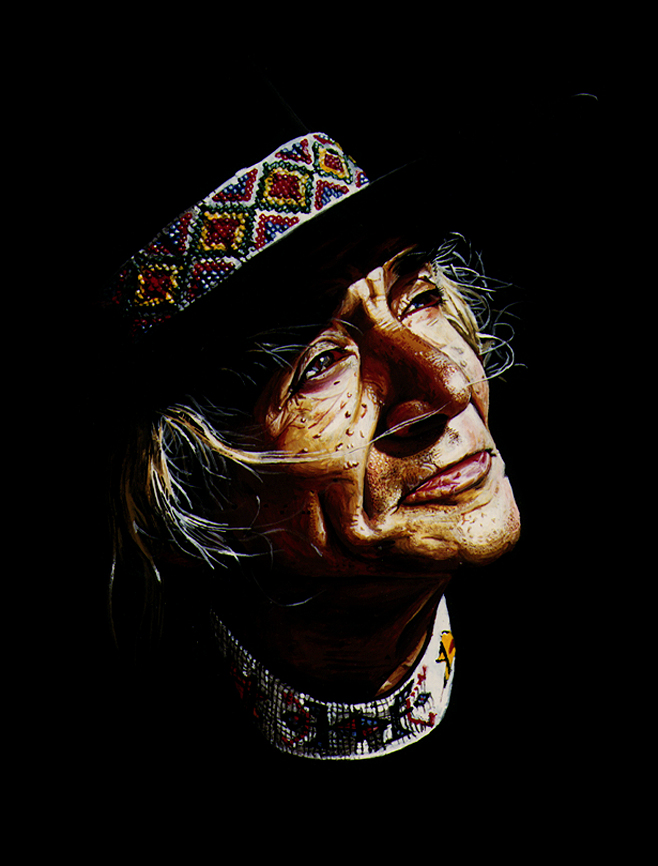If my life had taken a few different turns, I might still be painting portraits of the gifted and famous (not always mutually exclusive) instead of playing with gadgets, waving my arms around in front of an audience and helping to design the future. I’m pretty sure I wouldn’t be writing this.
It doesn’t hurt to imagine an alternate reality from time to time so I thought I’d consider what I’d be doing if those two worlds had collided. If I’d turned right instead of left and continued on my path to artistic infamy, yet maintained a healthy interest in all things digital. More about my past creative endeavours in Face Time.
Where does one start? I didn’t want this to be a long drawn-out process so I’m not writing full technical reviews of each device. This is about the artistic and emotional rollercoaster, not screen resolution – you can follow the links for more info!
My plan was to test a variety of hardware, from the smallest and simplest to the largest and most complex. Each had one thing in common – a stylus of some kind, but they all use different methods to communicate with the surface or screen.
All but one device is manufactured by the industry-leader, Wacom. First-up is the Inkling £84.95.
A small black box clips to the top edge of a sheet of paper or pad then monitors the movements of a hybrid stylus/ink pen as you draw on the surface.
In theory, this sounds like a superb way to retain a natural drawing style whilst digitising the results. In practice, it’s actually quite remarkable. Once your sketch is complete, you plug the black box into your computer via a USB cable and download the results to the supplied software. This displays your artwork in staggering detail with the option to export as bitmap or vector files. You can even save an animated movie of your illustration in progress!
I love the freedom and the lack of compromise when drawing. I’d like to see a wireless transfer or real-time screen rendering option at some stage but for the relatively cheap entry point, this is a superb product for preliminary sketches.
Jot Script Evernote Edition £49.95 / $74.95 (plus an iPad!)
Making use of the iPad’s Retina screen and a fine-tipped bluetooth-connected pen seems the perfect combination. It so nearly is, but there’s a fraction of lag evident when using apps such as 53’s Paper (not Facebook’s!), Procreate or Evernote’s own Penultimate. The lag can be overcome by using your finger instead of the stylus, but I’ve never been big on finger painting and the pen’s lag just highlights the shortcomings of this compared to ‘real’ art materials.
I wanted to refresh my memory of working with a basic tablet and Wacom’s Bamboo was a cool looking device, with bright colours, interesting textures and a material label at one end to hold the stylus when not in use. My view remains unchanged – I’m still not a fan of the disconnected pen and screen. It has always felt unnatural to me when the result of your input is displayed so far away from the tip of the stylus, despite the fact that I’m perfectly comfortable with a mouse in similar circumstances.
Unnatural or not, here's one I made earlier...
I started this process a while ago and the Bamboo has since been replaced by the Intuos range, a more sober look but it sits comfortably with Apple’s current visual approach to hardware design.
Wow. This was my reaction before I even manhandled the Cintiq onto my desk. This really is the big daddy of the digital art world, an enormous 24” multitouch drawing board where the image you create is rendered directly under the stylus, just like a real drawing board or easel.
The large drawing area immediately encouraged me to (quite literally) think big, to take large unrestricted strokes and adopt a freedom of creative expression that required less image zooming than other devices. It all feels right and I’m glad I saved this beast until last as it finally convinced me to plunge back into the art world.
I took my alter-ego as inspiration and created a quick illustration of Apptain America, using a wide range of brushes and materials. Having stepped away from my portraiture for nearly two decades I admit to being tempted to pick up where I left off thanks to the Cintiq (and the Inkling). Wacom offers a smaller mobile version but I’m not interested as they’ve been hobbled by Windows and Android operating systems – they’re not allowed to use Apple’s. I’m a creative so It’s Cupertino kit all the way.
So, do I miss the artistic life I rejected 20 years ago? I miss being able to offer a simple answer to the question “what do you do?” I’m still part of the team that creates amazing things but I’m less ‘hands-on’ than I ever have been. It makes me sad that my wife and children aren’t impressed by what I do and it doesn’t make them proud.
I’d like to change that, so maybe I’ll find more time to sketch and paint in a digital world. I have a hunger to bring faces to life again so I’ll start making my hit list to add to my previous scalps, whoever they may be...
